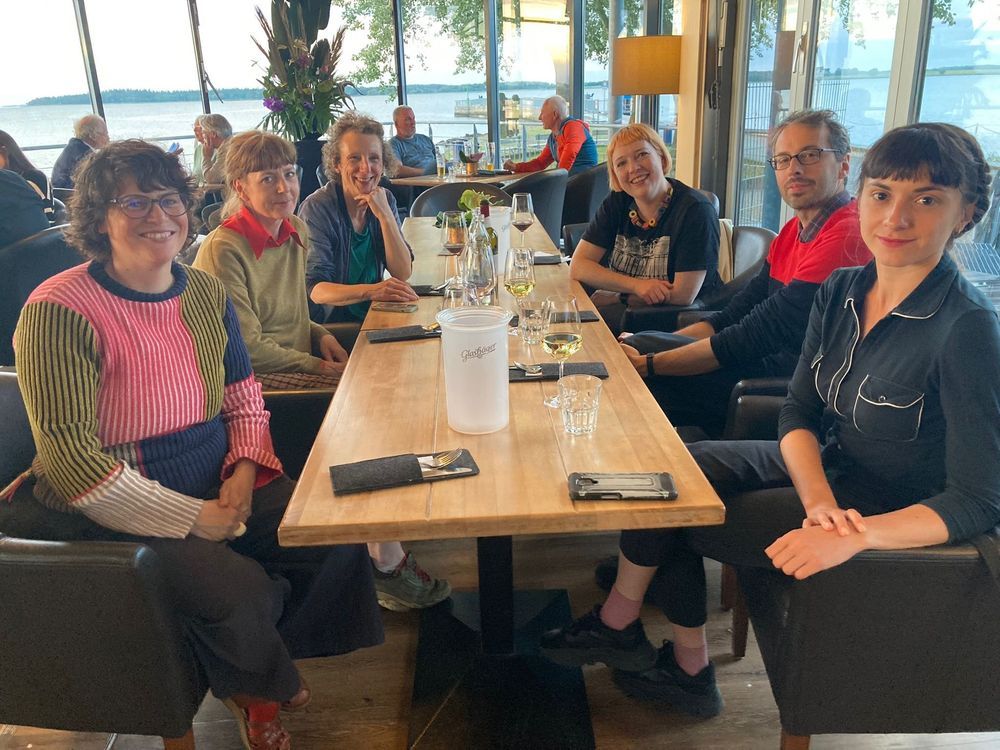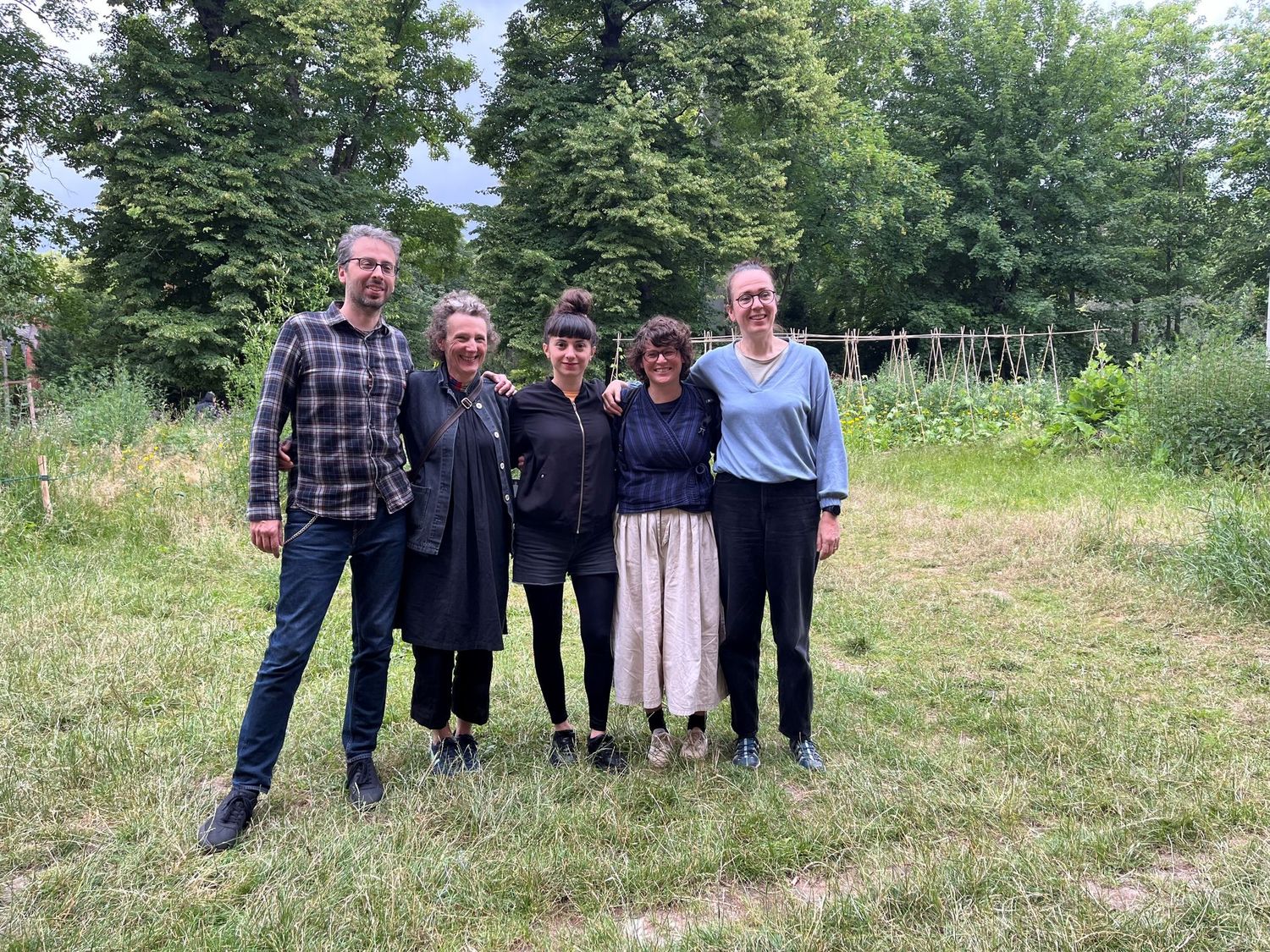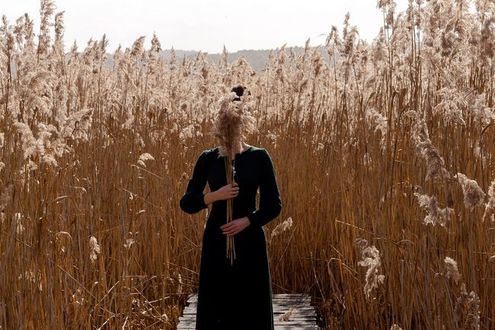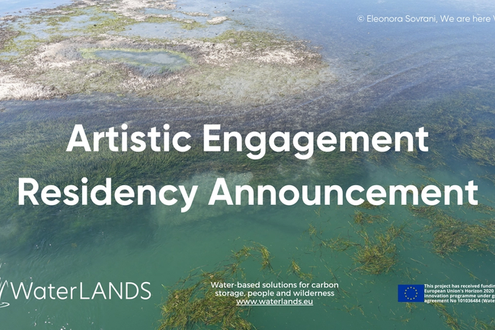Berlin Central Station, 11th June
It is a warm day in Berlin. There is a buzz in the air as, laden with delicatessen sandwiches and other German delicacies, the WaterLANDS artists and outreach team meet on the platform in Berlin Central Station to catch the two-hour train that will bring them north to Greifswald, a small town on the Baltic Sea.
As part of the WaterLANDS project, six Artistic Engagement Residencies have been established where artists are engaging with the project and the local communities at each of the restoration “Action Sites” in Bulgaria, Estonia, Ireland, Italy, the Netherlands and the United Kingdom. The aim of these four-year part-time residencies is to frame restoration in different ways, helping us to see the project, and wetland restoration, in a new light.
Since the residencies started in 2023, the WaterLANDS artists have been working at their respective Action Sites across Europe. The aim of the three-day trip to Germany was to allow the artists to get to know one another, to share learnings and explore avenues for collaboration as well as possibilities to further integrate art into the wider project. It is the first time that nearly all of the WaterLANDS artists are coming together in person, and there is plenty to catch up on.
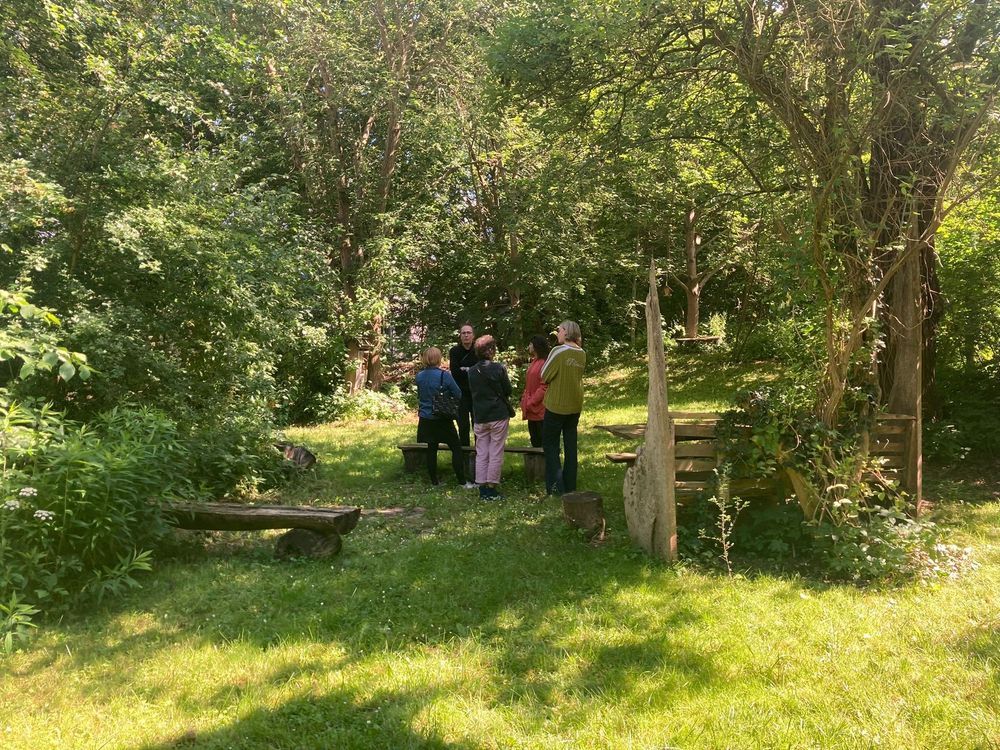
Present on the trip are Claudio Beorchia (Venice Lagoon, Italy), Maria Nalbantova (Dragoman Marsh, Bulgaria), Marjolijn Dijkman (Ems-Dollard Estuary, Netherlands), Fiona McDonald and Laura Harrington (Great North Bog, United Kingdom), and Christine Mackey (Cuilcagh-Anierin Uplands, Ireland). Sadly the artist connected to the Estonian Action Site was unable to attend. Also present are Caitriona Devery (Artistic Engagement Coordinator at University College Dublin), Laoise Dillon (Communications and Dissemination at ERINN Innovation), and Alexandra Ross (Contemporary Art and Curation at the University of Glasgow).
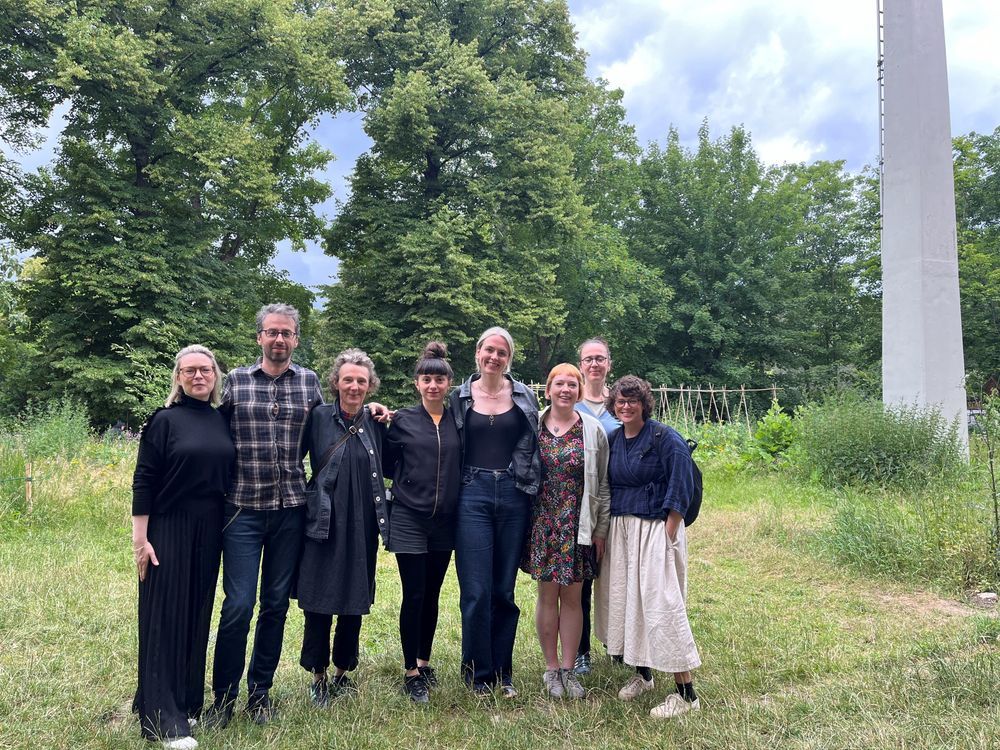
The artist trip was hosted in Greifswald by the Greifswald Mire Centre and Michael Succow Foundation, a WaterLANDS Knowledge Site partner that is deeply embedded in peatland policy and research across Europe and beyond.
Greifswald Mire Centre, 12th - 13th June
For the first day in Greifswald, the artists each got a chance to share their initial impressions of their site, and ideas for their work. Although each Action Site is extremely complex, and vastly different in terms of ecology, cultural and historical context, and geographical location, there are many similarities in the ways that the artists are working and engaging at the sites. Common ideas included playful and participatory work with communities to create sculptures and woven material, exploration of the social and cultural histories of native plants, reflections on the relationships between humans and other species, and field audio and recordings. Often mentioned were ideas around touch, sound, stillness, and care, both in the landscapes themselves, and in the restoration work.
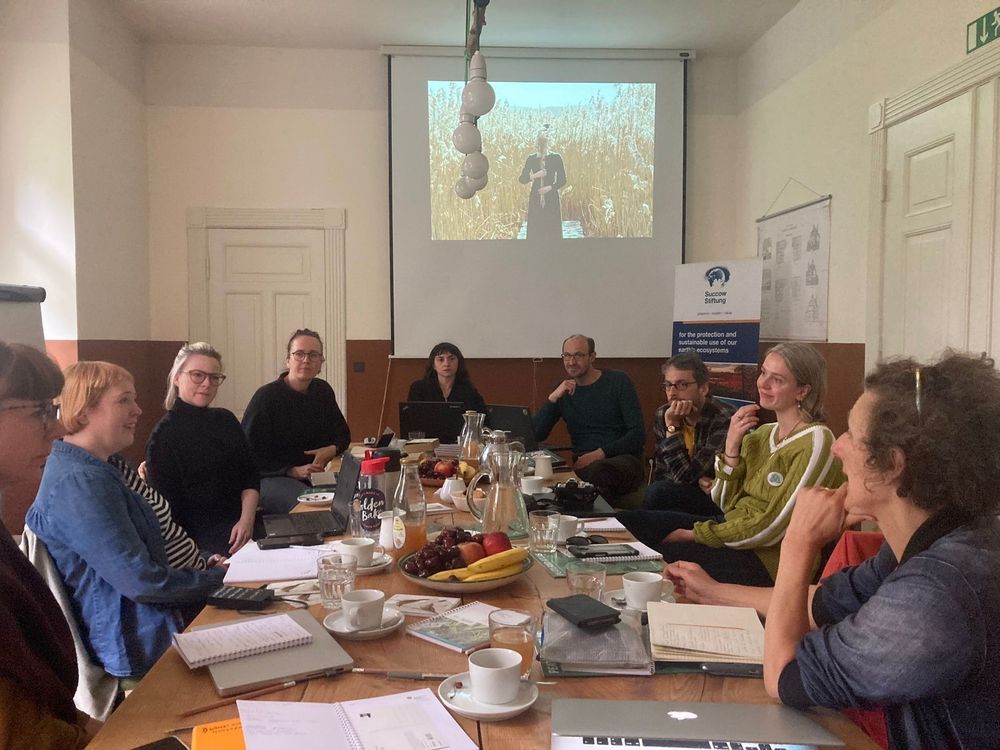
The team also heard from Jan Peters, who introduced the work of the Greifswald Mire Centre and Michael Succow Foundation, as well as sharing some fascinating history about the building and the town of Greifswald. That evening, the artists met with Professor Hans Joosten, who gave a tour of his amazing peatland library, the largest collection of peatland resources in the world, which Hans has been collecting since the 1970s and which will soon be housed in a beautiful new dedicated space in the centre of the city.
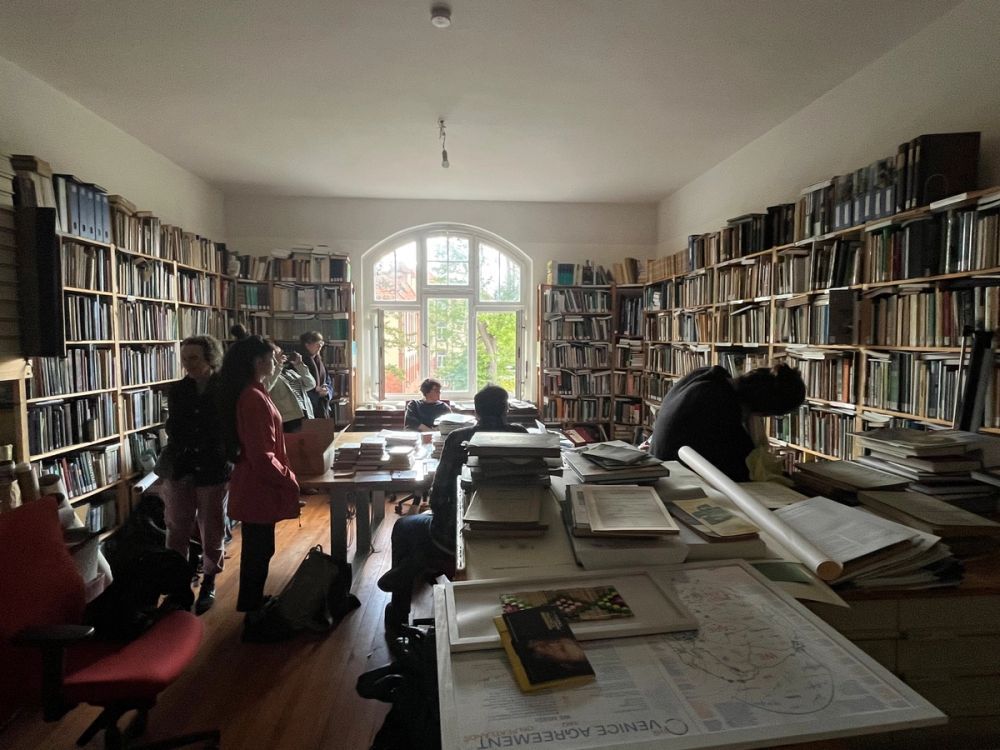
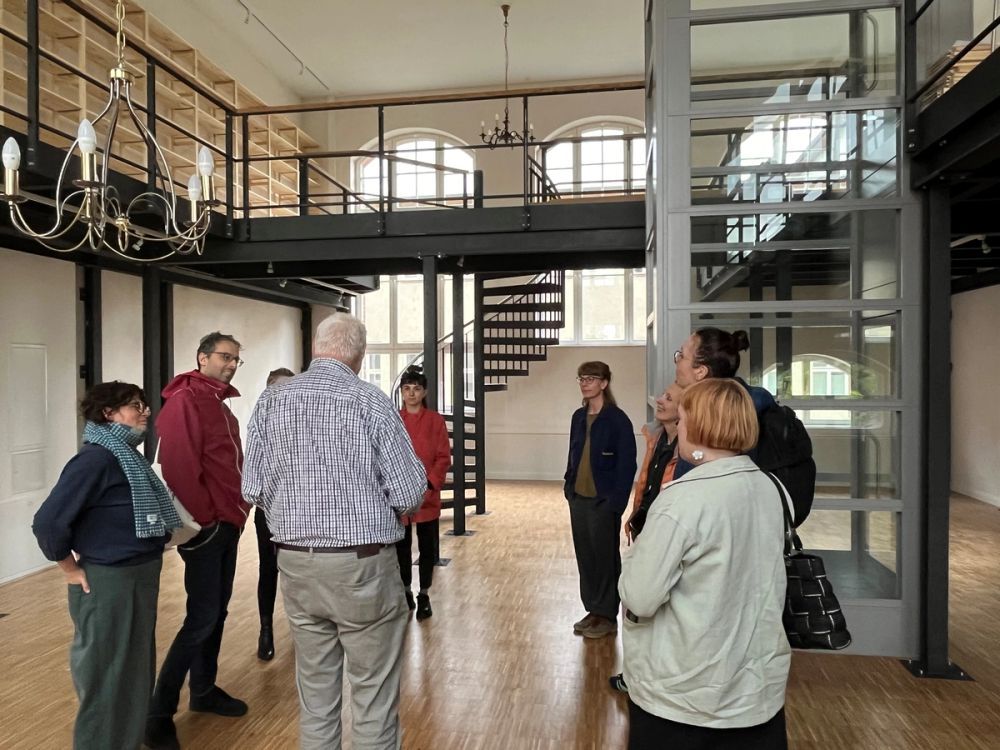
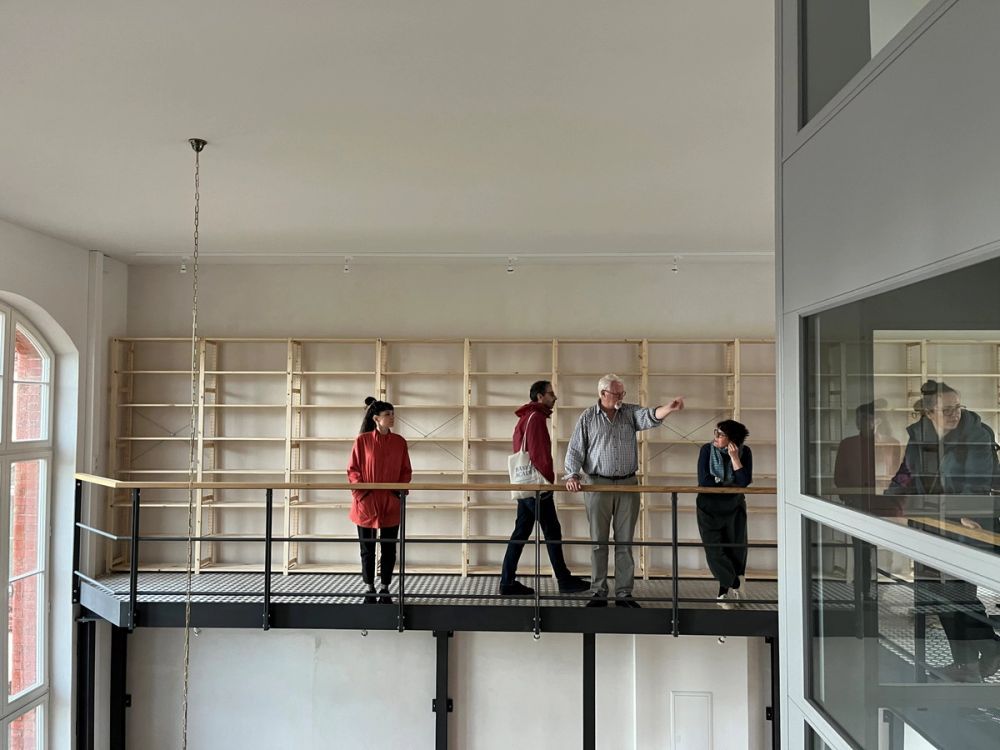
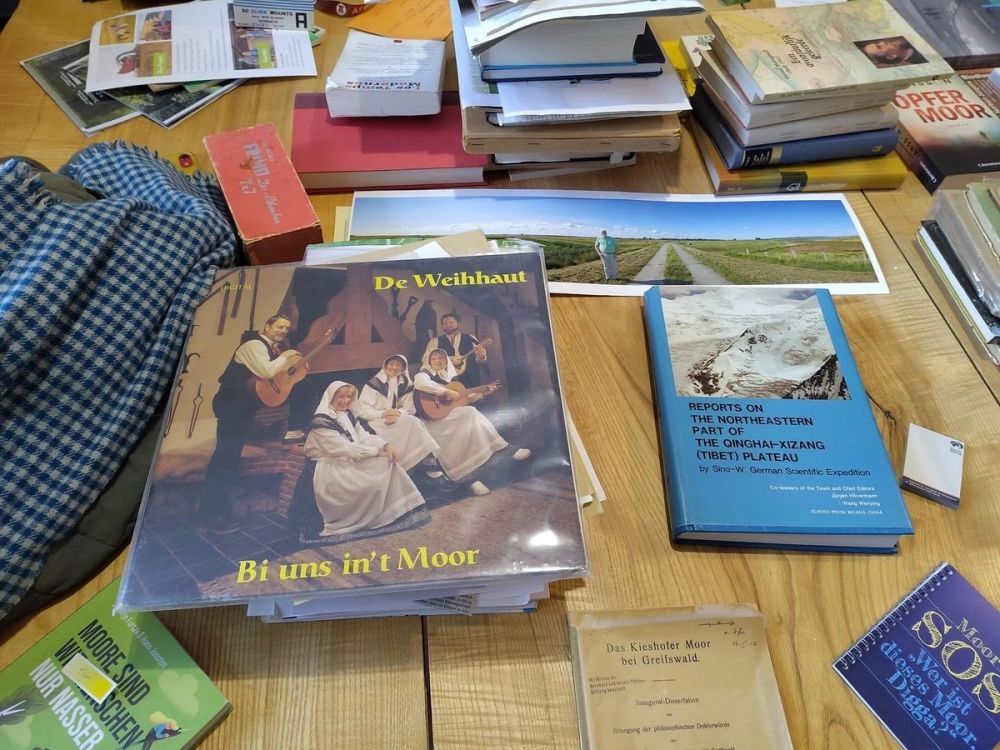
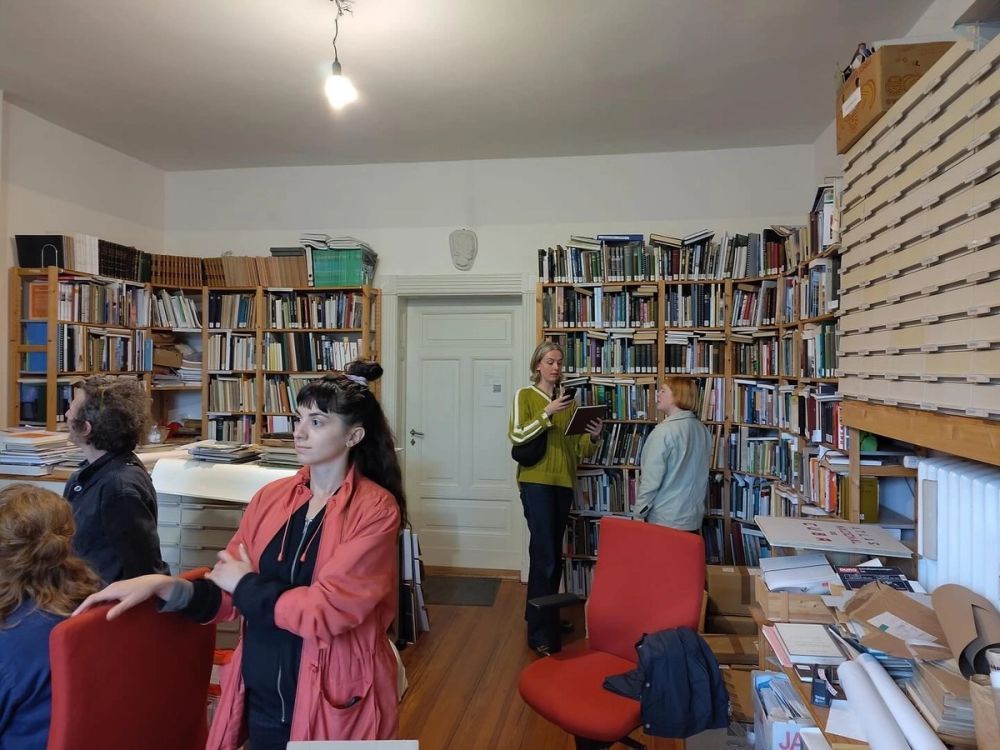
The next day, Sophie Hirschelmann brought the group on a tour of the Michael Succow Foundation and the Karrendorf Meadows. A highlight was the opportunity to see some of the experimental sites where the Michael Succow Foundation is exploring options for wet farming on peatland (paludiculture) and new techniques in restoration. These included a mesocosm experiment exploring the impact of environmental conditions on the growth of the cattail or bulrush plant, which has potential as a biomass material in horticulture, energy and in the building sector. The group also saw the ‘supermoss’ experiment exploring sphagnum moss as a renewable biomass to substitute for peat in horticulture.
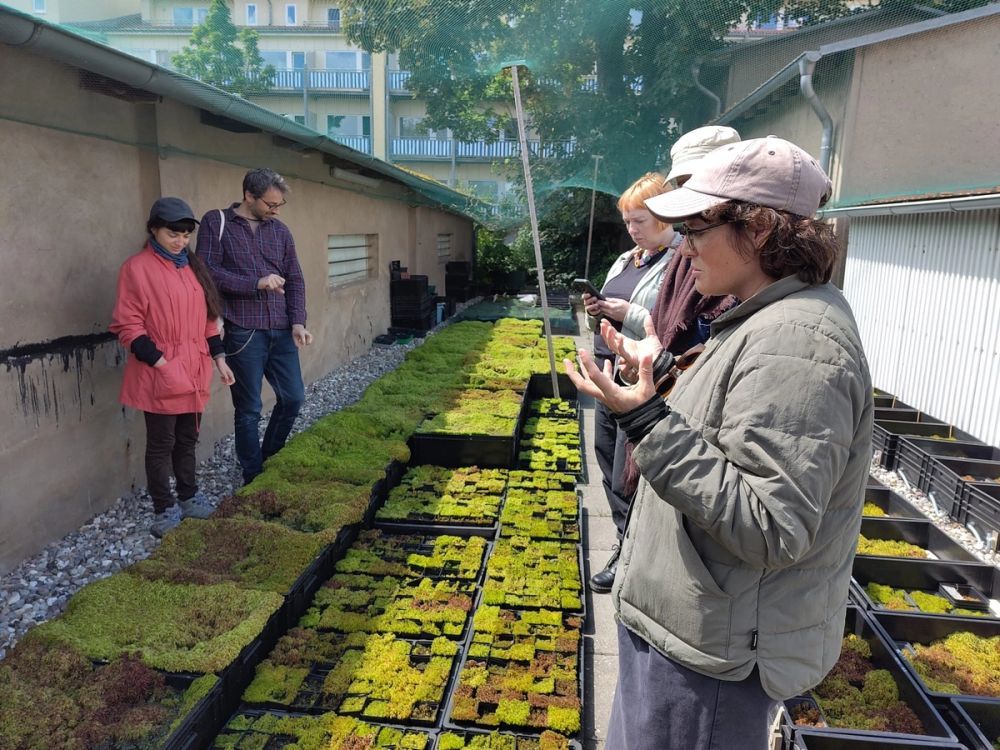
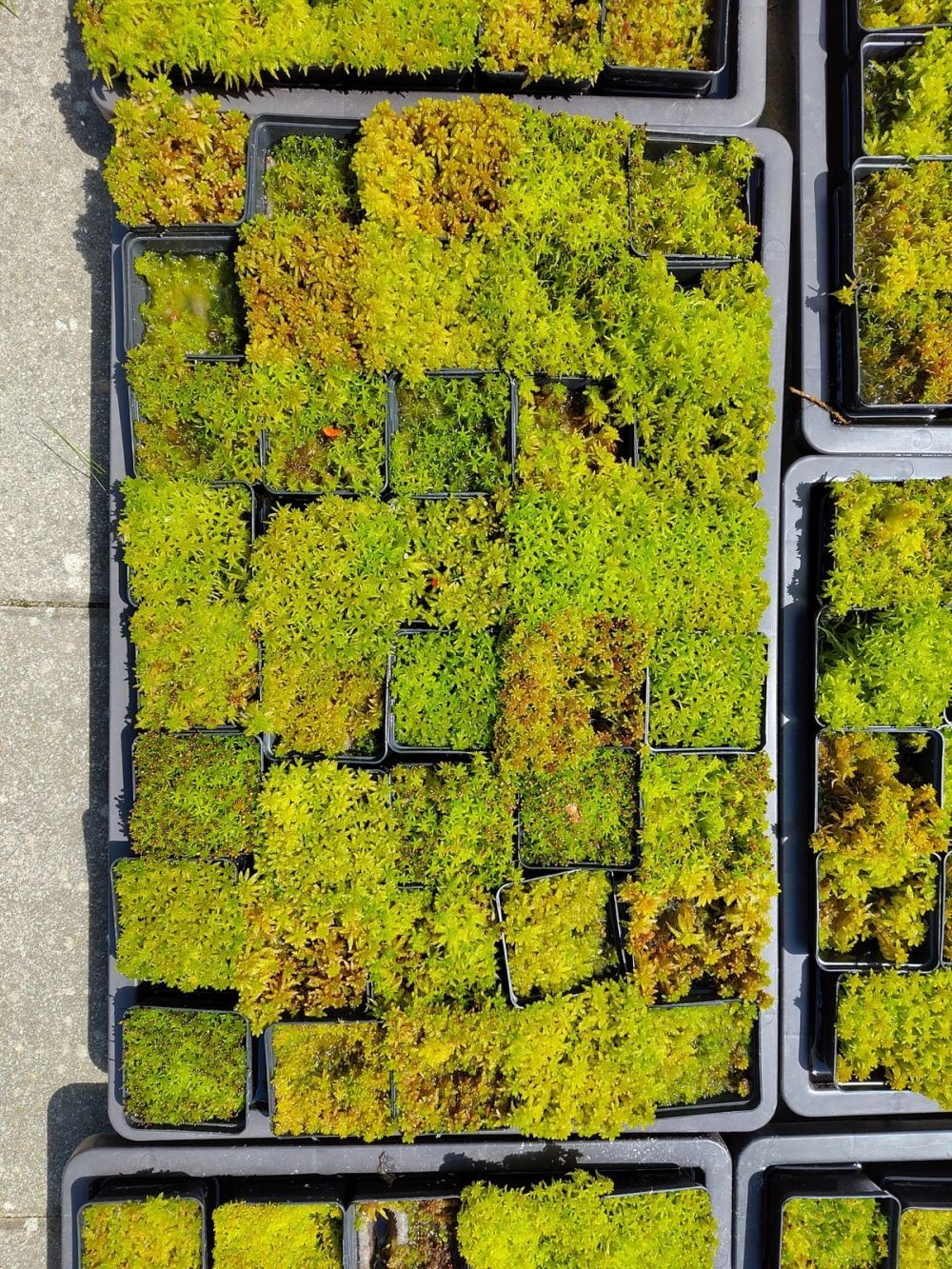
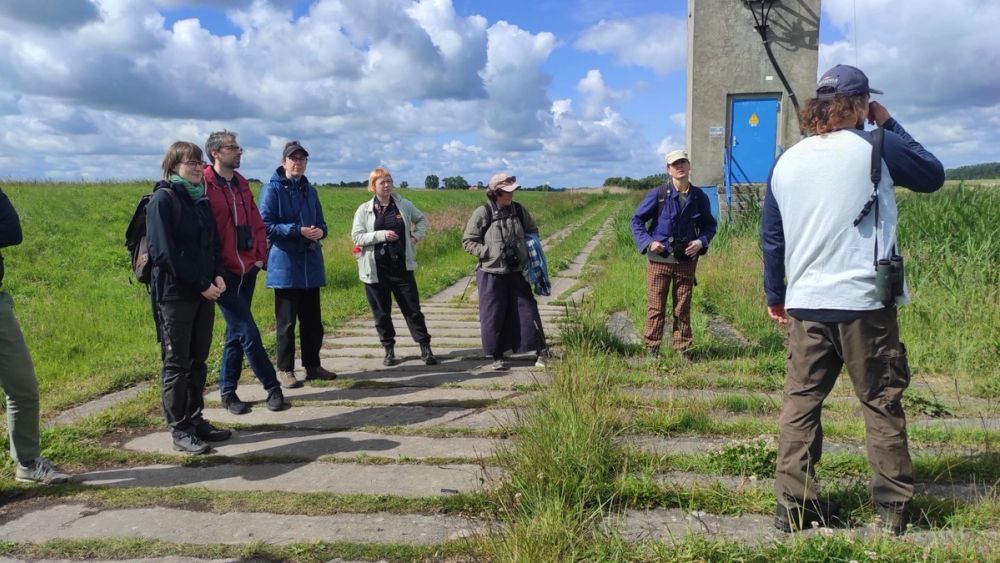
Berlin, 14th June
After a fascinating two days in Greifswald, the team travelled back to Berlin for the final day of the trip. On Friday, the group visited the Spore Initiative, a non-profit organisation in Neukolln that facilitates cultural projects at the intersection of climate justice, ecological regeneration and education. The gallery coordinator gave us a tour of the exhibition Wasserspiegel (Water Bodies), a collection of experiences of life and survival facing increasing water scarcity, from the voices of the rivers Munzur and Spree, to those of the inhabitants and water protectors living along the extensive river networks of the Firat/Euphrates, and Dîcle/Tigris.
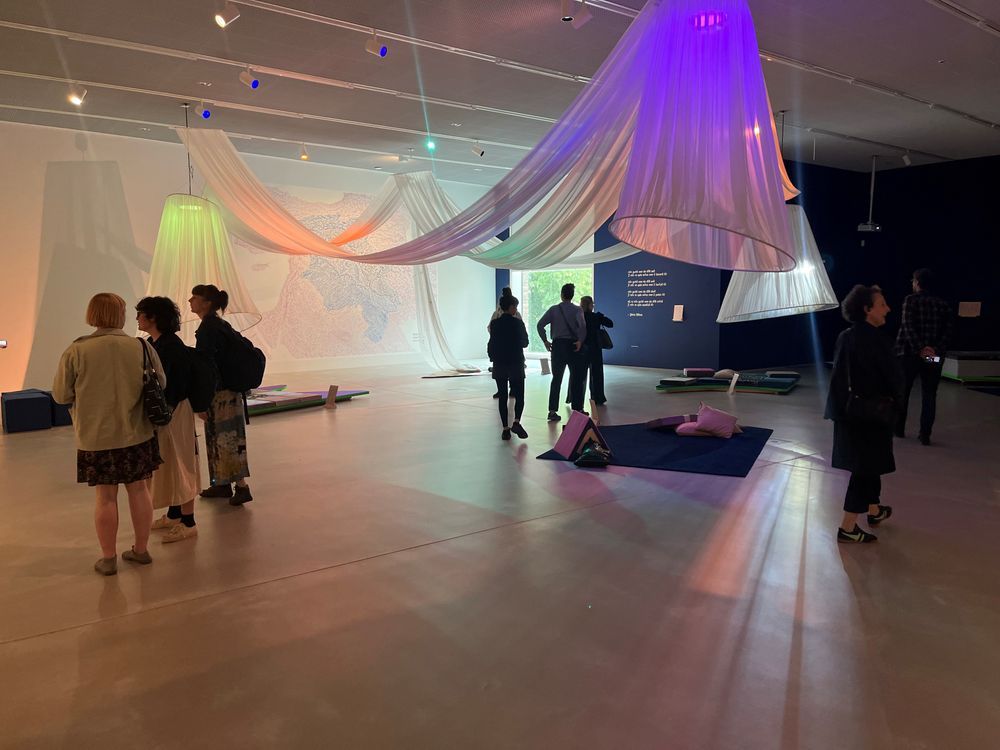
At the end of the trip, the artists came together to discuss options for the culmination of their work, which will be displayed in Venice in 2026, as well as potential opportunities to collaborate and continue this environmentally-engaged and community-focused work beyond the lifetime of the project.
